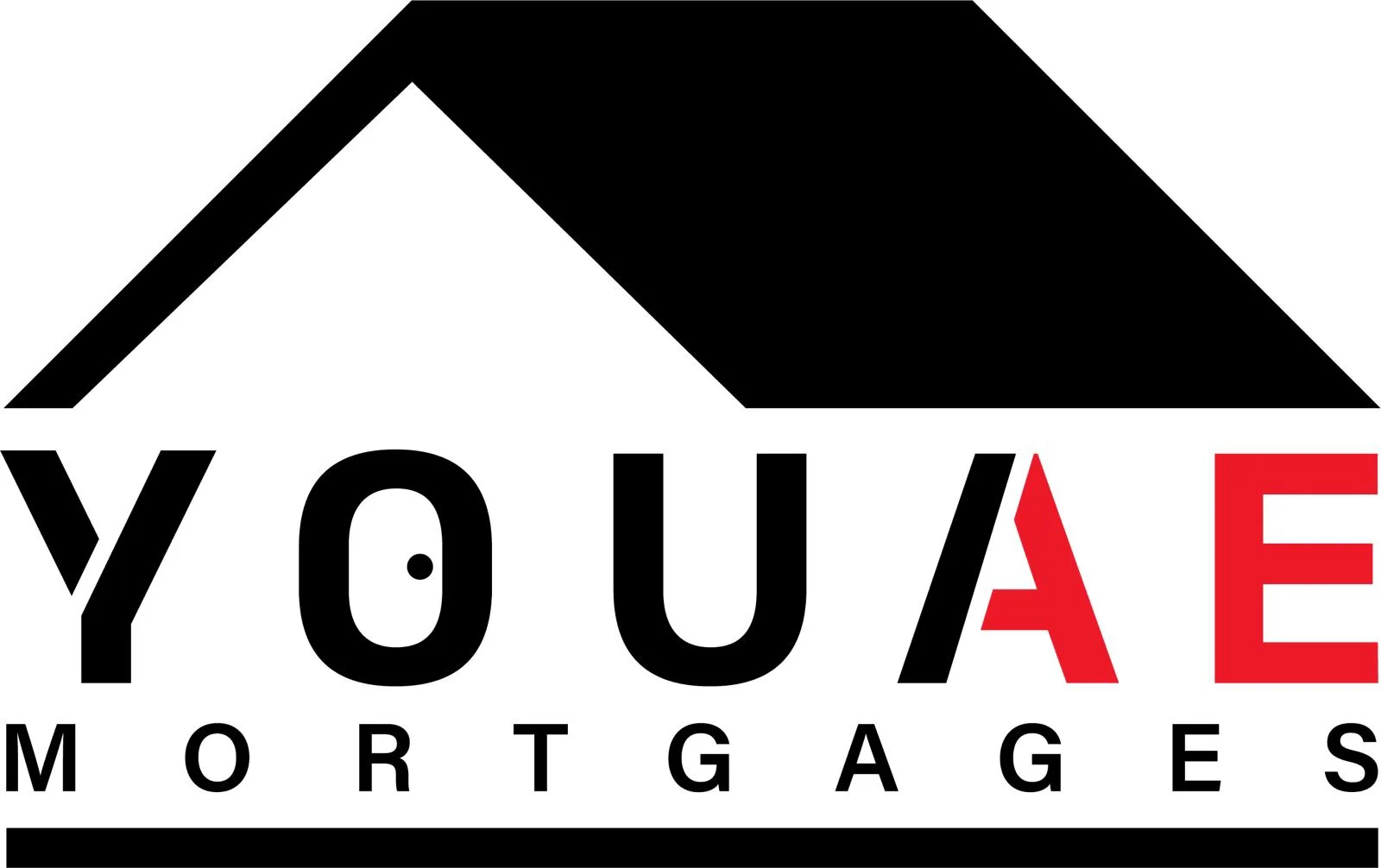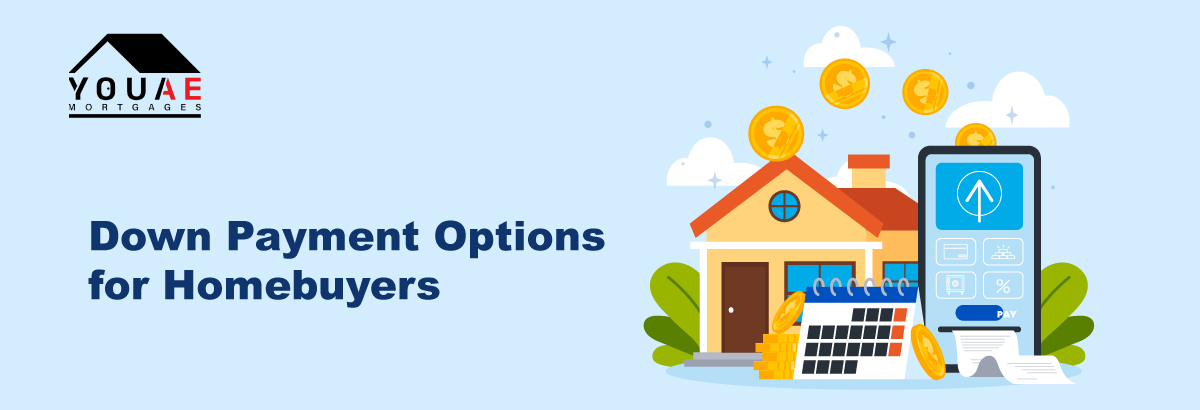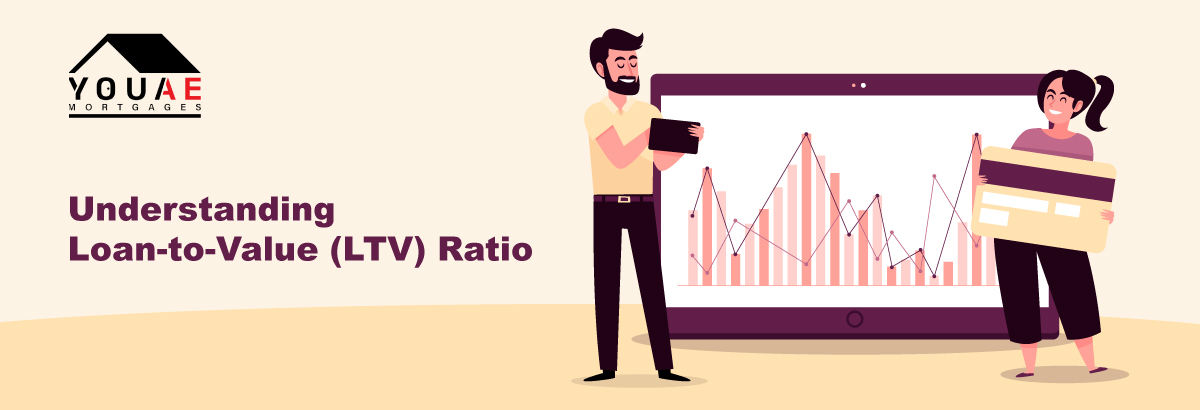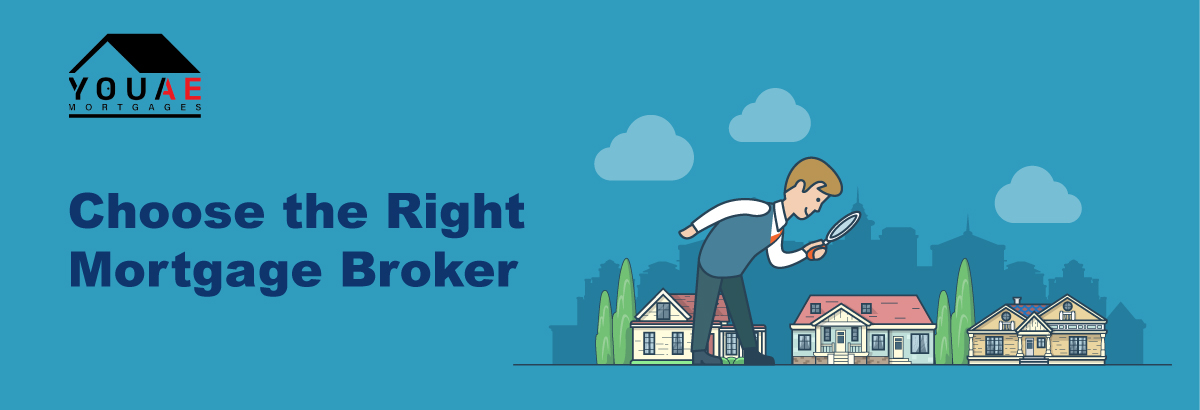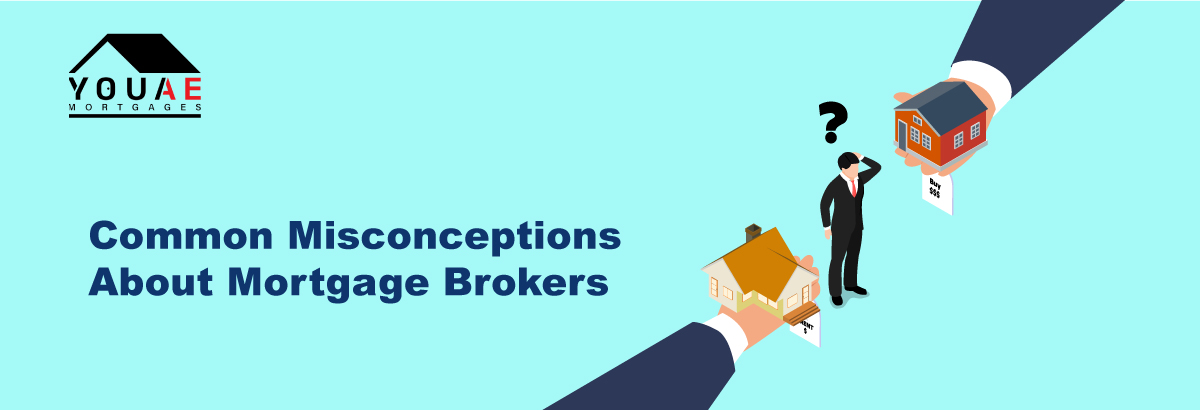In real estate, a down payment refers to the initial upfront payment made by a homebuyer when purchasing a property. It is a percentage of the total purchase price that the buyer contributes from their own funds. The remaining amount is typically financed through a mortgage loan.
There are multiple ways of down payments. Customers can easily choose them. There is also a down payment option with no income source also (terms and conditions available).
Down payment example
For example, let’s say you’re taking out a mortgage of 750,000 AED with an interest rate of 4.5%.
By purchasing one discount point for 7,500 AED (1% of the loan amount), you could potentially lower your interest rate to 4.25%. This might seem like a small reduction, but it can have a significant impact on your monthly mortgage payments and long-term interest costs in AED.
With the help of our mortgage calculator, you can easily break down the down payment percentage. (interest can vary on negotiation).
Read also: A Guide to Understanding Loan-to-Value (LTV) Ratio
Importance of Down Payment
The importance of a down payment in the homebuying process cannot be overstated. Firstly, a down payment reduces the loan amount and the associated financial burden. By contributing a significant portion of the purchase price upfront, homebuyers can decrease the loan amount they need to borrow from a lender. This in turn, lowers their monthly mortgage payments and reduces the overall interest paid over the life of the loan.
A larger down payment demonstrates financial responsibility and commitment to the lender, which can result in more favorable loan terms, such as a lower interest rate. Lenders often view borrowers with substantial down payments as lower-risk borrowers, leading to potentially lower fees, improved loan terms, and increased borrowing power.
By understanding the different down payment options, you can select the one that best suits your financial situation and aligns with your homeownership goals.
Traditional Down Payment Requirements:
Standard Down Payment Percentage:
In traditional mortgage lending, a common down payment requirement is 20% of the purchase price. This means that the homebuyer would need to provide 20% of the total cost of the home as their down payment.
This percentage can vary depending on the lender, loan program, and the borrower’s financial profile.
Factors Influencing Traditional Down Payments:
Lenders typically consider factors such as credit score, debt-to-income ratio, and financial stability when determining the down payment requirement. Borrowers with stronger credit profiles and lower debt levels may have more flexibility in negotiating a lower down payment.
Benefits and Considerations of a Larger Down Payment:
A larger down payment offers several advantages, such as lower monthly mortgage payments, reduced interest costs over the life of the loan, and potential access to more competitive interest rates. Tying up a significant amount of cash in the down payment may limit the buyer’s liquidity for other expenses or investments.
Low Down Payment Options
Government-Backed Loan Programs:
Emirates Development Bank (EDB):
The Emirates Development Bank is a government-owned financial institution that offers various loan programs to support small and medium-sized enterprises (SMEs) and strategic sectors in the UAE. These loans are designed to encourage entrepreneurship, innovation, and economic diversification.
Khalifa Fund for Enterprise Development:
The Khalifa Fund provides financial and non-financial support to UAE nationals who want to start or expand their businesses. It aims to foster entrepreneurship and stimulate economic growth among UAE citizens.
Mohammed bin Rashid Fund for SMEs:
This fund was established to provide financing and support services to SMEs in Dubai. It offers loans, grants, and various assistance programs to help businesses grow and succeed.
Pros and Cons of Different Down Payment Options:
Higher Down Payment (e.g., 30% or more)
Pros:
- Lower Loan Amount: A higher down payment reduces the loan amount, leading to lower monthly mortgage payments.
- Better Negotiating Power: A substantial down payment may give you better negotiating power when dealing with sellers.
Cons:
- Significant Cash Outflow: A higher down payment requires a significant amount of cash upfront, which might impact your financial liquidity.
- Opportunity Cost: Tying up a large amount of money in the down payment might limit other investment opportunities.
Standard Down Payment (e.g., 20%)
Pros:
- Balance of Affordability and Loan Size: A standard down payment strikes a balance between affordability and loan size.
- Widely Accepted: Many banks in the UAE typically expect a 20% down payment for property purchases.
Cons:
- Moderate Cash Outflow: While more manageable than a higher down payment, a standard down payment still requires a considerable upfront payment.
Lower Down Payment (e.g., 5% to 10%):
Pros:
- Lower Initial Cash Outlay: A lower down payment requires less cash upfront, making it more accessible for some buyers to enter the property market.
- Potential for Investment: With a smaller down payment, you might have more cash on hand to invest elsewhere.
Cons:
- Higher Loan Amount: A lower down payment means a higher loan amount, leading to higher monthly mortgage payments.
- Mortgage Insurance: Many UAE lenders may require mortgage insurance for high loan-to-value (LTV) mortgages, adding to the overall cost.
Zero Down Payment (100% Financing):
Pros:
- No Initial Cash Outlay: With 100% financing, you can purchase a property without any down payment, preserving your cash for other purposes.
Cons:
- High Loan Amount: Financing the entire purchase price means a much larger loan amount, resulting in higher monthly payments and potentially higher interest costs.
- Limited Availability: Zero down payment options may be scarce and restricted to specific property types or buyers.
- Stricter Eligibility: Qualifying for a zero down payment loan can be more challenging, as lenders often have stringent criteria for such loans.
Factors to Consider in Choosing a Down Payment Option
Financial Situation and Cash Flow
- Assess your current financial standing, including savings, income, and monthly budget, to determine the down payment option that fits within your means.
Long-Term Financial Goals
- Consider your long-term financial objectives, such as savings goals, retirement planning, and other financial obligations, when deciding on a down payment amount.
Mortgage Affordability
- Evaluate the impact of different down payment options on your monthly mortgage payment and overall affordability to ensure it aligns with your budget.
Risk Tolerance:
- Understand your comfort level with debt and financial risk. Consider the trade-offs between a larger down payment and having additional funds available for emergencies or other investments.
Interest Rates:
- In some cases, making a larger down payment may lead to lower interest rates on your mortgage. Evaluate how the down payment amount affects the interest rate offered by the lender.
Loan-to-Value Ratio (LTV):
- The LTV ratio is the loan amount divided by the property’s value. A lower LTV ratio (higher down payment) often means better borrowing terms, including potential lower interest rates and lower monthly payments.
Mortgage Insurance:
- In the UAE, mortgage insurance is typically required for high LTV mortgages. If you opt for a low down payment, you may need to pay for mortgage insurance, which can increase the overall cost of the loan.
Future Financial Goals:
- Reflect on your long-term financial goals. Assess how different down payment options may affect your ability to save, invest, or achieve other financial objectives in the future.
Property Market Conditions:
- Take into account the current state of the property market. If the market is experiencing price appreciation, making a larger down payment may offer better equity from the outset.
Down Payment Option in Dubai
In Dubai, homebuyers have several down payment options to consider when purchasing a property. These options provide flexibility and cater to different financial situations.
Standard Down Payment:
- The standard down payment in Dubai is typically 20% of the property’s purchase price. This is the most common requirement for both locals and expatriates.
- Paying a higher down payment percentage can provide advantages such as lower mortgage rates and reduced monthly installments.
Developer Financing
- Some developers in Dubai offer financing options that allow buyers to make a lower down payment, typically around 10% or less, and pay the remaining amount over a specific period.
- This option can be beneficial for buyers who may not have enough funds for a higher down payment but still want to secure the property.
Bank Financing
- Banks in Dubai provide mortgage financing options with varying down payment requirements.
- Depending on the bank and the buyer’s eligibility, it may be possible to obtain financing with a down payment as low as 15% or even 10%.
- it’s important to note that a lower down payment may result in higher interest rates or additional fees.
It’s important for homebuyers in Dubai to carefully consider their financial situation, eligibility, and long-term goals when choosing a down payment option. Consulting with YOUAE Mortgages can provide valuable guidance on the available
Tips for Saving for a Down Payment:
Create a Budget and Savings Plan
Assess your income and expenses, identify areas for potential savings, and create a budget that includes a specific savings target for your down payment.
Explore Ways to Increase Income
Consider additional sources of income, such as a side job or freelance work, to boost your savings for a down payment.
Reduce Expenses and Debt
Minimize unnecessary expenses and focus on paying down high-interest debts to free up more funds for saving towards your down payment.
Utilize Savings and Investment Vehicles
Explore options like high-yield savings accounts or investment vehicles that offer the potential for higher returns to accelerate your down payment savings.
In conclusion,
Despite having some disadvantages, down payments are always beneficial for any home buyer. After reading the blog post, if you are still facing problems understanding down payments options we are available for you. The experts of YOUae mortgage will help you in every kind of consideration. Please contact YOUAE Mortgages to understand Down payment options better.
